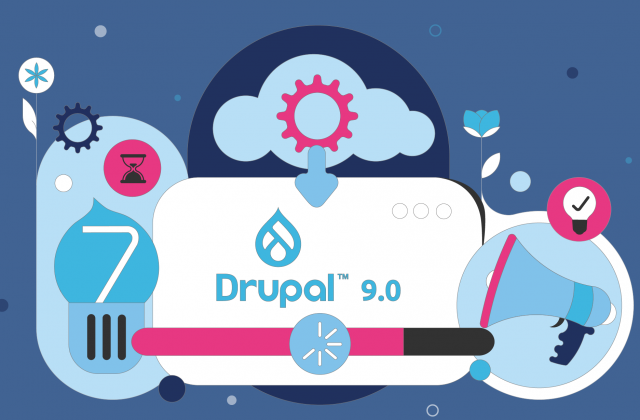Zopa, the UK’s leading online, celebrated its third birthday in style last week. As well as enjoying plenty of cake and balloons, the London-based firm found time to launch its Japanese version, following hot on the heels of recent expansions to the US and Italy.
Having attracted over $33m in funding since its launch in 2005, Zopa is clearly doing something right. It is not the only one however, as US rivals Prosper and Lending Club (among nearly 20 others) are also attracting massive investments – $40m and $12.5m to date respectively.
What’s most impressive about this is that these sites are all in early stages of operation, with actual user numbers relatively low considering the scale of investments and time-frame of operation (190,000 registered members in the UK for Zopa since ’05, though the vast majority of these are lenders) and that transaction management is still under development. With all this in mind, what is it about social lending that has convinced investors to part with such serious cash?
What is Zopa and how social lending works?
Social lending works on the principle of cutting out the middleman – basically peer to peer lending that does not include banks.
Members of Zopa apply for a loan online by entering the loan amount they seek, as well as the reason for the loan, their monthly income/outcome and other details (the more they enter the more Zopa can verify and hence award a better credit rating, which increases the likelihood of a successful request).
Potential lenders can view all current loan requests in an ebay-style listings system and choose which ones to contribute to, how much to lend, and the rate of repayment they require. It’s a pretty simple process much like lending a friend some money, except that in this case the total amount actually comes from many different lenders each giving varying fractions of the total. The point of this is to offer protection to lenders in order to foster confidence – if you lend 10 different people £50 each, rather than £500 to one then there is far less chance of losing a significant sum – which makes sense to me. If the total amount has not been reached by the time a listing expires then no money changes hands; if the total has been exceeded then the system calculates which combination of lenders offers the best deal for the borrower and selects those.
Zopa operates by charging a small commission from each transaction. That’s basically it. So, onto the real question; why are investors so convinced that online peer to peer lending has such a big future?
Peer to peer landing
Well, think about it this way; banks are probably the only sector of the Western service industry that pretty much all inhabitants use. Thus far it has been pretty difficult for individual investors to enter this market. Peer to peer lending finally looks like providing an efficient and trustworthy system which opens the sector up for potential small-scale operators. It represents an attractive option both for those with money, as well as those without it.
The average UK bank offers ISA options with roughly 6.10% interest AER. Lenders on Zopa.com can offer money at any rate they choose, and most choose somewhere between 9-14% (though the actual rate of return averaged 7% last year – the difference is accounted for by the fact that those who offered money at lower rates no doubt enjoyed far more business, and also the commission skimmed off by Zopa). Despite this adjustment it’s a financial no-brainer if you want maximum return on your savings (the idea is that Zopa’s loan fraction and credit rating systems will reduce the risk element to near zero).
From a borrowers’ perspective Zopa offers advantages and drawbacks in equal measure. Advantages include using a service that might appear less daunting than debt consolidation corporations to re-organise multiple debts, as well as the potential for negotiating a better deal. For example £5,000 over three years from Zopa would on average incur an interest rate of 8.4%, which only some banks can beat: Abbey National with 7.9%, while others like First Direct lag well behind at 11.9%. The snag is that in order to get this rate from Zopa, you need an A* credit rating, which in fairness would probably get you a pretty decent rate at most high street banks.
Zopa does however offer a more immediate service which doesn’t necessitate trips to the high street. It is no surprise that tech business analysts Gartner.com predict social lending will comprise 10% of the banking market by 2010.
The downsides are basically that, unless you’re careful, or have excellent credit ratings from Zopa, then you can find yourself accepting a loan which ends up being quite expensive – despite cutting out the banks and their expensive operating costs. Arguably they represent an alternative source for a loan, and one definitely worth a look just in case it beats your bank’s quote, but not a sure-fire solution to the tricky problem of borrowing money. From a lenders’ perspective there is the risk issue; all loans are unsecured and hence in theory it is possible to lose your entire investment.
The trick will be for p2p lending to hone a system which facilitates a balanced competitive rate of interest – for both lenders and borrowers. At the moment they favour lenders slightly too much, and hence are finding that while there are plenty of users registering to lend, not so many are keen to borrow (Zopa for example averages about one new loan request listing per day).
At the moment online p2p social lending probably only represents a good option for those with no chance of a reasonable loan elsewhere, who will probably get a better deal (but definitely not a bargain) from a site like Zopa. However, high street banks incur massive overhead costs, and with the dreaded credit crunch squeezing ever tighter on their resources and forcing loan rates up, it is possible that online p2p lending stands very solid chances of success.



